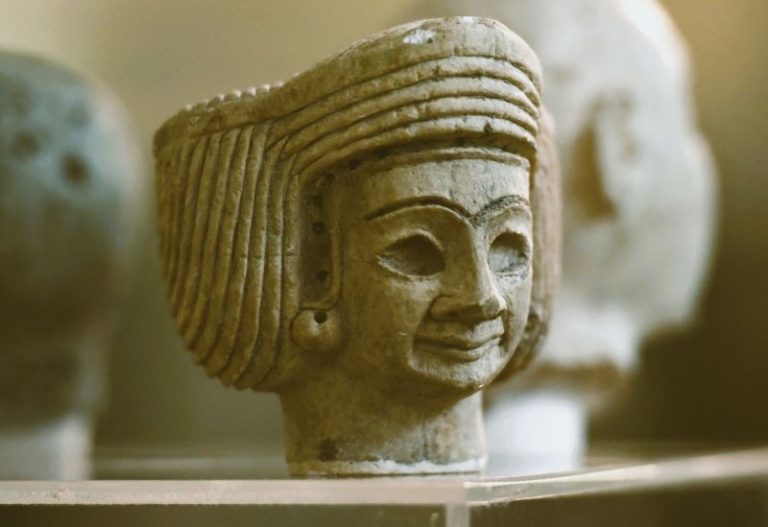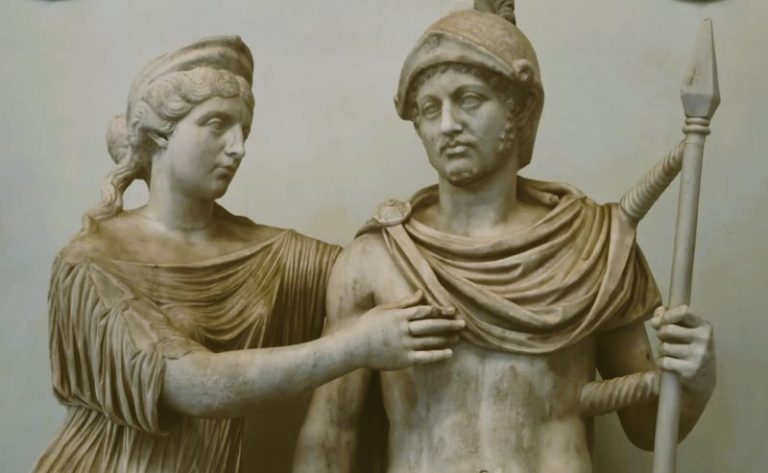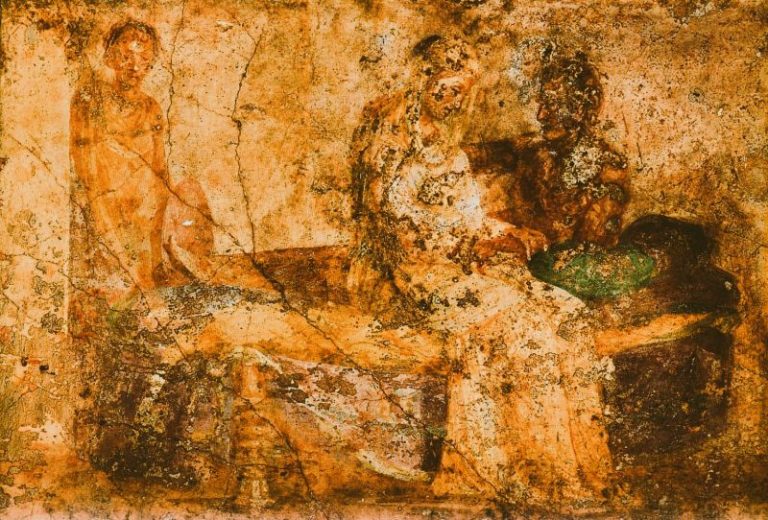
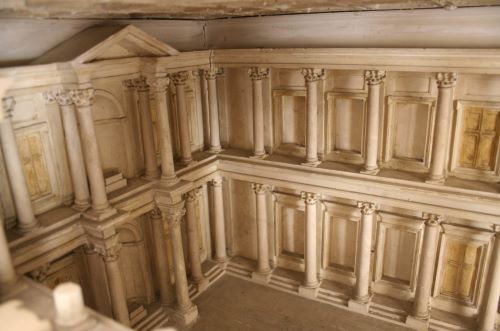
Intellectual life was sustained by those with power—and shaped by their interests.

By Matthew A. McIntosh
Public Historian
Brewminate
Introduction
The flourishing of knowledge in the ancient world was seldom the fruit of disinterested inquiry alone. From Alexandria to Athens, and later from Constantinople to Nisibis, the survival and advancement of organized intellectual life depended not only on scholars but also on the rulers, elites, and ecclesiastical authorities who sponsored them. Though the term “university” in its medieval sense does not apply to the ancient world, there existed clear forerunners—institutions of higher learning with faculty, curriculum, and administration—that relied heavily on systems of patronage. Whether driven by imperial ambition, religious devotion, or personal vanity, ancient patrons of learning played a decisive role in shaping the direction and structure of intellectual institutions. This essay explores the forms, motives, and consequences of patronage in ancient centers of learning, particularly in Greece, Rome, and the Hellenistic East, and how this dynamic laid the groundwork for the medieval university.
The Academy and the Lyceum: Early Athenian Support
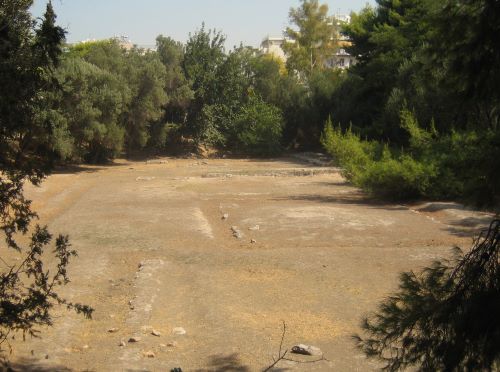
The earliest prototypes of university-like institutions were established in classical Athens, notably Plato’s Academy and Aristotle’s Lyceum. These schools were not publicly funded institutions, but their endurance was made possible by the social networks and personal wealth of their founders and patrons. Plato’s Academy was founded in 387 BCE on land associated with the hero Academus and was maintained through donations from wealthy followers and the revenues of an inherited estate.1 Aristotle’s Lyceum, founded in 335 BCE, benefited from his own wealth and, crucially, his connections to the Macedonian court, having served as tutor to Alexander the Great.2
In both cases, private patronage created a space for scholarly community and continuity. These were not civic institutions like the Athenian Assembly or the popular courts; they existed at the margins of the polis yet were vital to its cultural prestige. The Academy endured for several centuries, a testament to both its intellectual value and its patronage structures.
Hellenistic Patronage and the Library of Alexandria
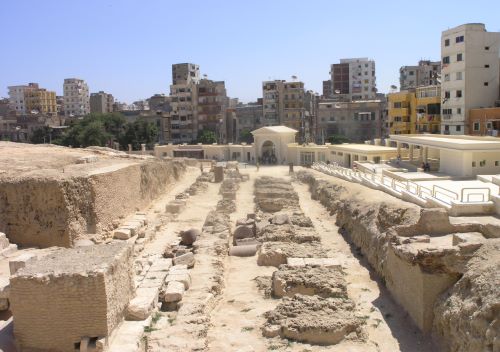
The Hellenistic age saw the emergence of state-sponsored scholarship on a grand scale. The most iconic institution of this era, the Library and Mouseion of Alexandria, was the creation of the Ptolemaic dynasty. Under Ptolemy I Soter and his successors, Alexandria became the epicenter of intellectual activity in the Greek world.3 The Mouseion functioned as both a research institute and a residence for scholars, whose material needs were provided by the state. This included housing, stipends, and sometimes tax exemptions.4
This model of patronage was profoundly different from the private academies of Athens. It marked the integration of learning into state apparatus, transforming scholars into civil servants and knowledge into an imperial asset. The motives were multiple: to consolidate Ptolemaic legitimacy, to compete with rival Hellenistic courts, and to serve the practical needs of governance and administration. Ptolemy III, for example, famously ordered that all ships docking in Alexandria surrender their books for copying, enriching the library’s collection while asserting the state’s claim over global knowledge.5
Rome and the Rhetorical Tradition
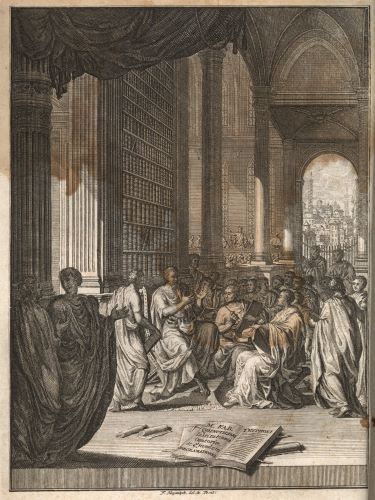
In Republican and Imperial Rome, patronage of education took on a more fragmented but equally influential form. Unlike in the Greek East, there was no single, state-sponsored institution akin to the Mouseion. Instead, Roman education—especially higher education in rhetoric and philosophy—relied on a blend of elite patronage, municipal funding, and imperial grants.
Wealthy Romans often sponsored the education of promising young men, and rhetoricians like Quintilian benefited from both personal connections and state support. Quintilian was the first teacher to be officially paid by the Roman state, receiving a salary from Emperor Vespasian in the first century CE.6 His Institutio Oratoria not only laid the foundation for Western rhetorical education but also offered a vision of the ideal orator-statesman, blending pedagogy with civic virtue—an ideal deeply appealing to Roman patrons.
Municipalities in the Empire also took on the burden of funding schools and paying salaries to teachers, especially in provincial cities. This was encouraged under emperors like Antoninus Pius, who extended grants for grammar and rhetoric instructors in the provinces.7 Such funding was a form of soft power, integrating local elites into the Roman cultural orbit while ensuring a pipeline of educated administrators and jurists loyal to the imperial system.
Late Antiquity and the Christianization of Patronage
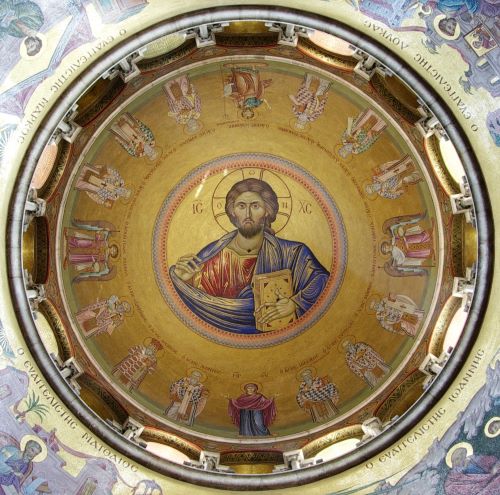
By the fourth and fifth centuries CE, the landscape of patronage shifted dramatically under the influence of Christianity. The imperial support that once nourished pagan philosophical schools increasingly flowed toward Christian centers of learning. Yet even in this altered terrain, the logic of patronage remained: institutions survived through the favor of emperors, bishops, and wealthy donors.
The School of Nisibis, located in modern-day Turkey, became a leading center of Syriac Christian scholarship. Founded in the early fourth century and reestablished in Edessa after Nisibis was ceded to Persia, it was supported by ecclesiastical patrons who saw it as a bulwark of doctrinal orthodoxy.8 Its structure—with a defined curriculum, teaching staff, and reputation for theological disputation—resembled later medieval universities.
Meanwhile, the Platonic Academy in Athens, a descendant of Plato’s original institution, persisted into the sixth century until it was closed by Emperor Justinian I in 529 CE as part of his campaign against pagan institutions.9 This act—political, religious, and symbolic—marked the end of ancient philosophical education in the pagan tradition and the triumph of a Christianized model of intellectual life under imperial authority.
The Legacy of Ancient Patronage
The ancient world did not invent the university as we know it, but it laid down its skeletal structure: scholarly community, continuity of instruction, curriculum, and institutional identity. None of this would have been possible without the sustaining presence of patronage. Whether in the form of aristocratic endowments in Athens, royal support in Alexandria, imperial grants in Rome, or episcopal oversight in late antiquity, patronage formed the lifeline of higher education.
At the same time, this patronage was ideologically charged. Patrons expected loyalty, doctrinal conformity, and sometimes political usefulness. Scholars were not free-floating minds; they were embedded in the cultural, political, and religious networks of their time. In this sense, the tension that would later animate the medieval university—between autonomy and authority, between inquiry and orthodoxy—was already present in its ancient precursors.
Conclusion
The story of ancient universities, or their functional equivalents, is inextricably linked to systems of patronage. From the groves of Plato’s Academy to the marble halls of Alexandria and the provincial lecture rooms of the Roman Empire, intellectual life was sustained by those with power—and shaped by their interests. Though cloaked in ideals of truth and learning, these institutions were never ideologically neutral. Their rise and fall, their content and character, all bore the imprint of the scepter and the altar. Yet it was through this very dependency that the ancient world preserved its legacy, passing on the torch to the medieval university and, ultimately, to the modern academy.
Appendix
Endnotes
- Debra Nails, The People of Plato: A Prosopography of Plato and Other Socratics (Indianapolis: Hackett Publishing, 2002), 45–47.
- Jonathan Barnes, Aristotle: A Very Short Introduction (Oxford: Oxford University Press, 2000), 10–12.
- Lionel Casson, Libraries in the Ancient World (New Haven: Yale University Press, 2001), 34–37.
- Andrew Erskine, Society and Power in Hellenistic Alexandria (Oxford: Clarendon Press, 1995), 68–70.
- Casson, Libraries in the Ancient World, 44.
- George A. Kennedy, The Art of Rhetoric in the Roman World (Princeton: Princeton University Press, 1972), 215.
- Teresa Morgan, Literate Education in the Hellenistic and Roman Worlds (Cambridge: Cambridge University Press, 1998), 123–26.
- Sebastian Brock, “The School of Nisibis,” in The Nestorian Churches (London: SPCK, 1996), 23–26.
- Averil Cameron, The Mediterranean World in Late Antiquity, AD 395–700 (London: Routledge, 1993), 82–83.
Bibliography
- Barnes, Jonathan. Aristotle: A Very Short Introduction. Oxford: Oxford University Press, 2000.
- Brock, Sebastian. “The School of Nisibis.” In The Nestorian Churches. London: SPCK, 1996.
- Cameron, Averil. The Mediterranean World in Late Antiquity, AD 395–700. London: Routledge, 1993.
- Casson, Lionel. Libraries in the Ancient World. New Haven: Yale University Press, 2001.
- Erskine, Andrew. Society and Power in Hellenistic Alexandria. Oxford: Clarendon Press, 1995.
- Kennedy, George A. The Art of Rhetoric in the Roman World. Princeton: Princeton University Press, 1972.
- Morgan, Teresa. Literate Education in the Hellenistic and Roman Worlds. Cambridge: Cambridge University Press, 1998.
- Nails, Debra. The People of Plato: A Prosopography of Plato and Other Socratics. Indianapolis: Hackett Publishing, 2002.
Originally published by Brewminate, 06.25.2025, under the terms of a Creative Commons Attribution-NonCommercial-NoDerivatives 4.0 International license.
